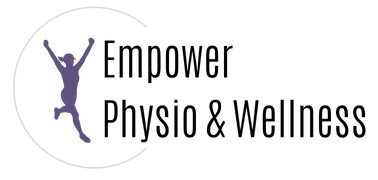Ever seen those perfectly round red or purple marks on people at yoga? Michael Phelps got the buzz going at the 2008 Olympics when he showed up for his events with dark circular spots all over his upper back and shoulders. This was the result of a therapy called cupping which has become more mainstream over the years. What is cupping and how can it help you? Let’s break down this popular treatment we perform regularly at Empower Physio and Wellness.
What is cupping therapy?
Cupping is an ancient technique that uses plastic, glass, or silicone cups to suction the skin, fascia, and muscle, allowing for decompression of a particular area. It’s used to increase blood flow by pulling blood to the surface, stimulating the healing process, and decreasing pain. It’s also used to improve soft tissue mobility in parts of the body where there’s pain or tension, especially the neck, shoulders, back, glutes, or calves. At our practice, we often use cupping in combination with other modalities to treat:
- Headaches
- Neck pain
- Low back pain
- Shoulder pain
- Hip pain
- Knee pain
- Plantar fasciitis
How does it work?
While there are multiple ways to perform this type of therapy, we typically use glass or plastic cups statically. This means we keep the cups themselves in one place once they’re suctioned to the skin. Occasionally, we have patients relax once the cups are applied. Other times, we have them perform range of motion exercises targeting the area the cups have been applied to, improving tissue mobility.
Alternatively, silicone cups may sometimes be used dynamically, meaning you can glide them along the skin. They typically have less suction power but can effectively address larger areas of tissue tension.
Is cupping right for you?
If you have acute or chronic muscle tension or pain in an area of the body that has not resolved with other techniques like massage, foam rolling, or gentle stretching, it may be time to try cupping. If you’ve recently injured yourself, are experiencing bruising in the area, a fracture, or a severe muscle tear, cupping may not be the right treatment for you. A physical therapist may also be cautious if you’re on a blood thinner and bruise easily or do not have good sensation in the area of the body.
Interested in cupping or wondering if it’s right for you? Contact us and we can determine the best way to support your healing journey.



